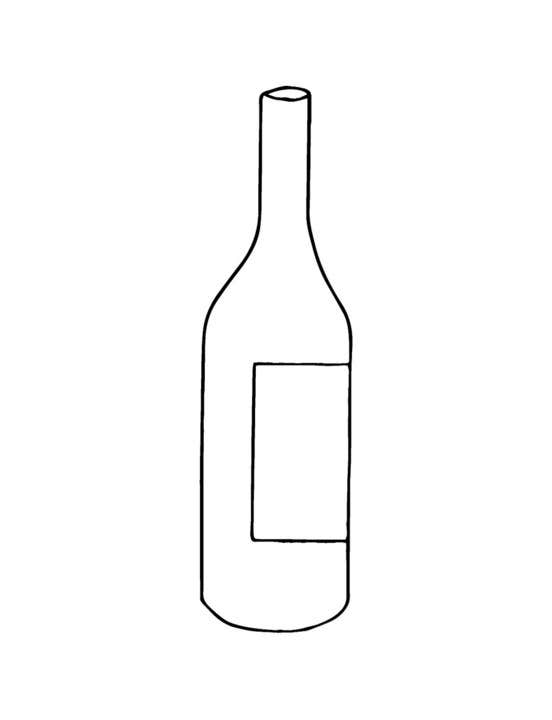Isole E Olena
Paolo De Marchi, the proprietor of renowned Chianti vineyard Isole e Olena ruminated upon this matter, cultivating a plot of Cabernet but finding that it overwhelmed the Sangiovese. Having experimented with Syrah, Paulo concluded that indigenous grape varietals were the answer, but that clones needed to improve if better Chianti was to be produced and therefore eschewed international varieties for his in purezza, ‘pure’, Sangiovese flagship wine entitled "Cepparello". It was initially labelled as a table wine, then an IGT since the DOC regulations had bizarrely forbidden the sole use of the varietal. The regulations have since been changed, yet the caché attributed to IGT's means that many producers, including Paulo, elect to maintain IGT badge, even though is eligible for Chianti Classico status.
The estate presently comprises of 48-hectares under vine, located towards the south-western part of the Classico region. The Chianti Classico is 80% Sangiovese blended with a Canaiolo and a tiny amount of Syrah. NEAL MARTIN, www.erobertparker.com
Proprietor Paolo De Marchi has left an indelible and highly personal stamp on Isole e Olena, and all of Chianti Classico for that matter. Originally of Piedmontese descent, De Marchi stands apart from many of his colleagues for his vocal opinions and intense dedication to the vineyard above all else. Since taking over his family’s estate in the late 1970s, De Marchi has transformed Isole e Olena into a powerhouse. The flagship Cepparello is 100% Sangiovese aged in French oak barrels. This nearly complete vertical charts the history of one of Tuscany’s most compelling wines. The first Cepparellos were vinified in cement. The cellar was heated to induce malolactic fermentation and the wines were subsequently aged roughly equal parts Slavonian oak casks and smaller French oak barriques, with a dollop of chestnut barrels thrown into the mix. It was a time of enormous sacrifice, given that green harvesting was viewed as throwing money out of the window, and every purchase of new French oak barrels was accompanied by a stern reprimand from De Marchi’s father to pay attention to costs. But De Marchi persevered. The fruits of his hard labor and pricing are amply captured in these magnificent wines.Over the years Cepparello has acquired a level of finesse it rarely had at the outset. Some of the refinements include giving the wines more air in vinification and an increase in the period of elevage in oak from 12-14 months to 18-20 months, which is the norm today. De Marchi says he started getting better quality oak around 1993, but it is the increased age of the vineyards themselves that have given Cepparello its finesse. ANTONIO GALLONI 2011







